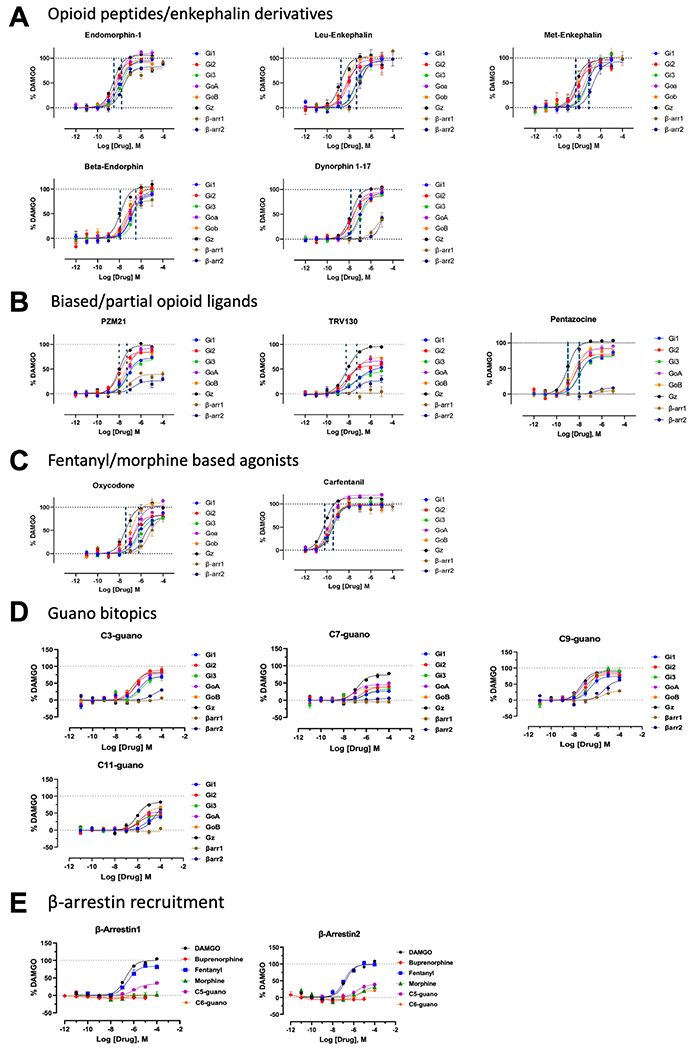Extended Data Fig. 6 |. Profiling of chemically and pharmacologically distinct μOR agonists using TRUPATH, arrestin signaling.

A) Peptides: Endomorphin-1, Leu-enkephalin, Met-enkephalin, Beta- endorphin and Dynorphin A (1-17). Dynorphin A (1-17) showed reduced arrestin recruitment while other peptides retained robust arrestin recruitment among peptides tested. B) Opioid biased agonists and partials: PZM21, TRV130, Gα- subtype selectivity and arrestin recruitment on μOR. PZM21, 7-OH and TRV130 showed <50% efficacy for arrestin1/2. Highest efficacy for all three biased agonists was seen at the Gz-subtype. μOR partial agonist pentazocine was a full agonist at the Gz subtype. C) Oxycodone and Carfentanil, Gα- subtype selectivity and arrestin recruitment on μOR. Carfentanil showed near maximal efficacy at all Gα- subtypes and arrestin1/2. Oxycodone was a full agonist at Gz and showed >50% efficacy at β-arrestin2. D) Fentanyl guano bitopics show differential G-protein and arrestin efficacy with increased chain length.
